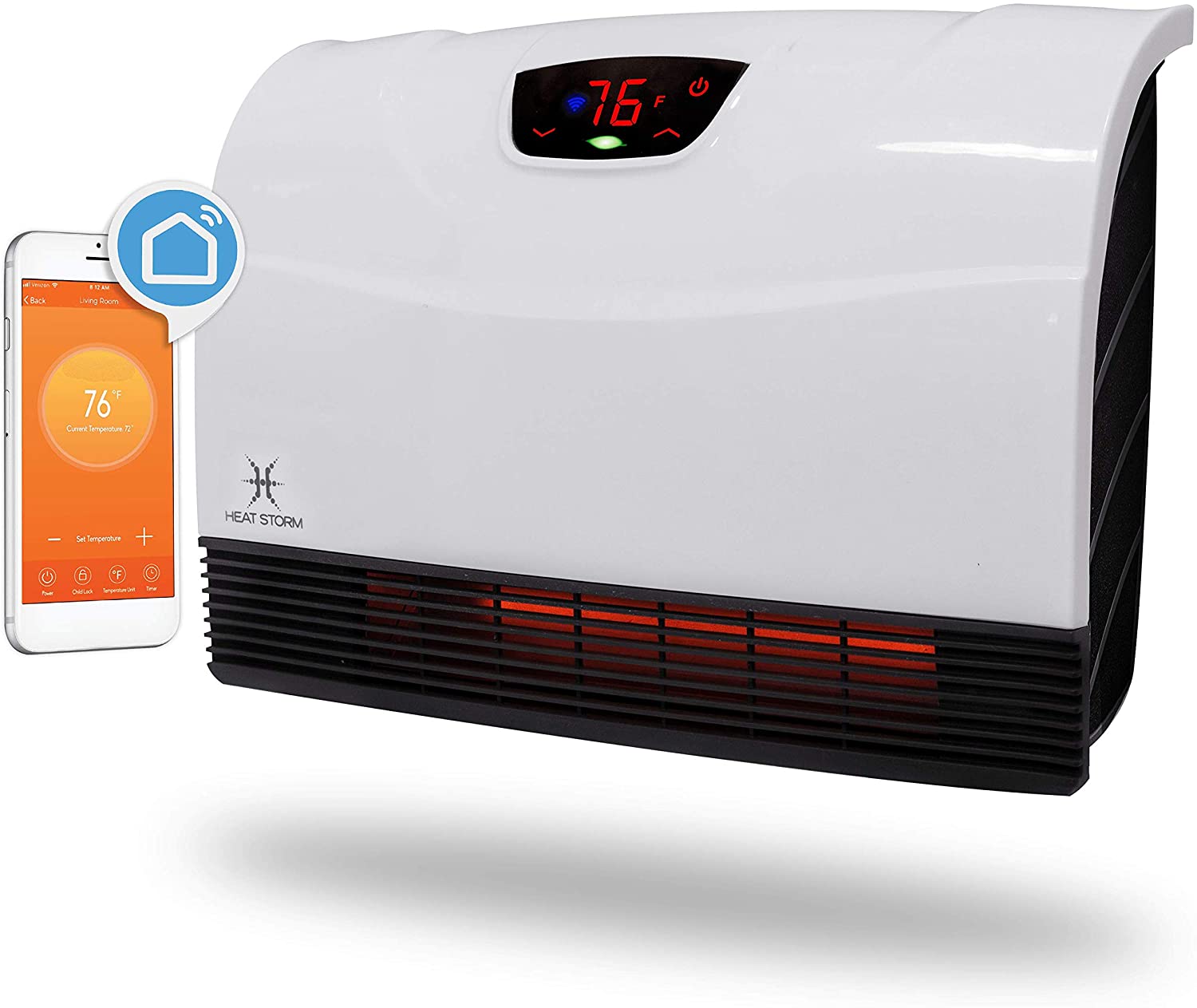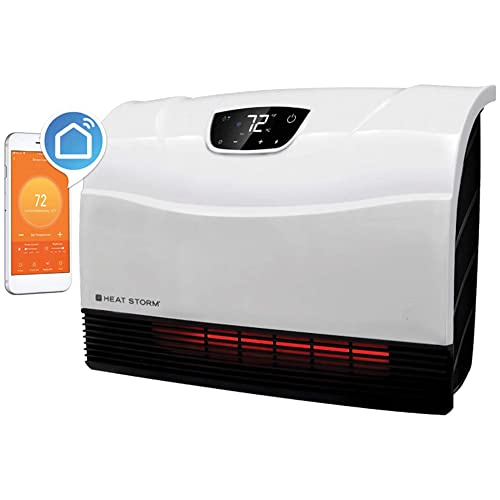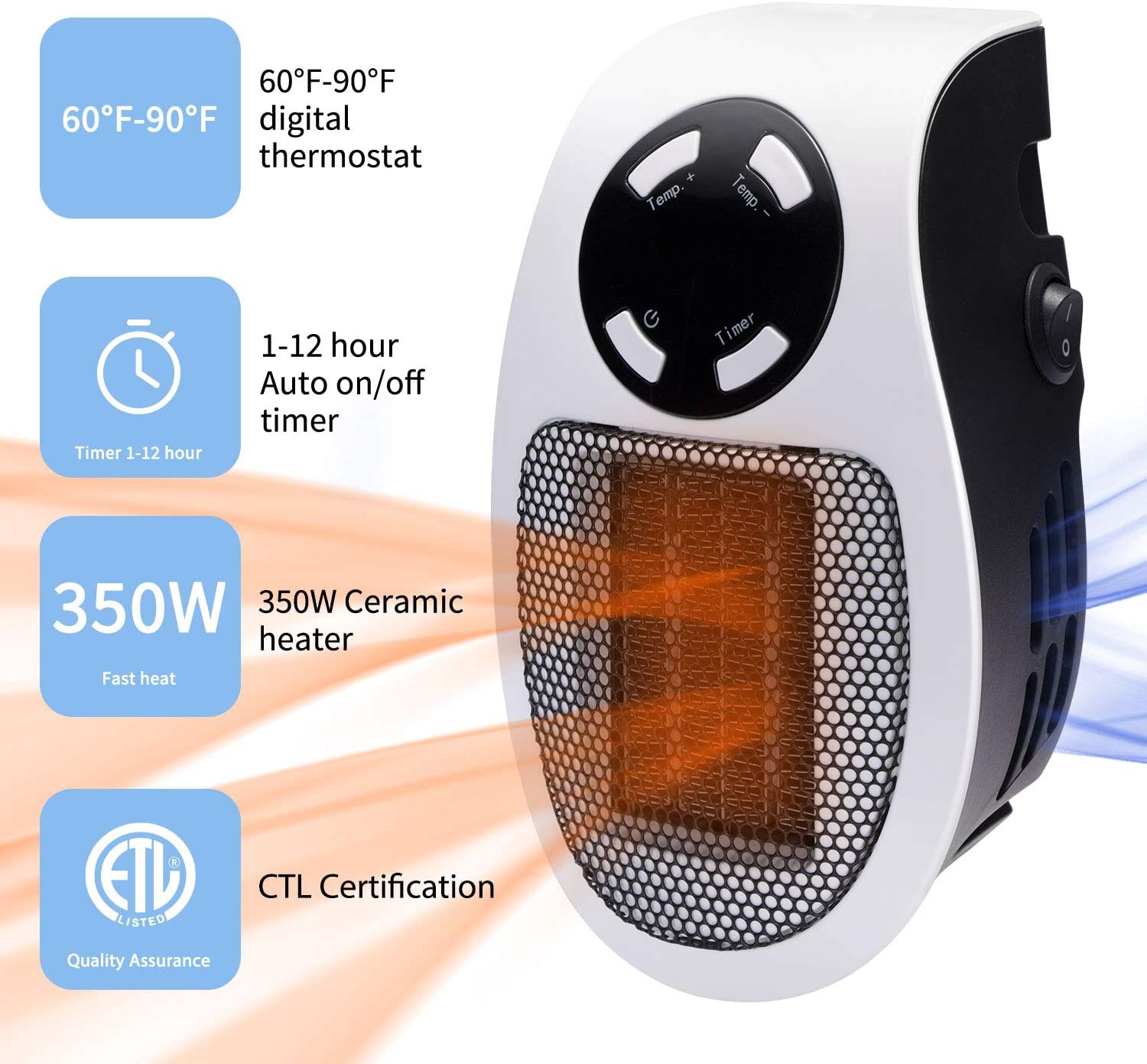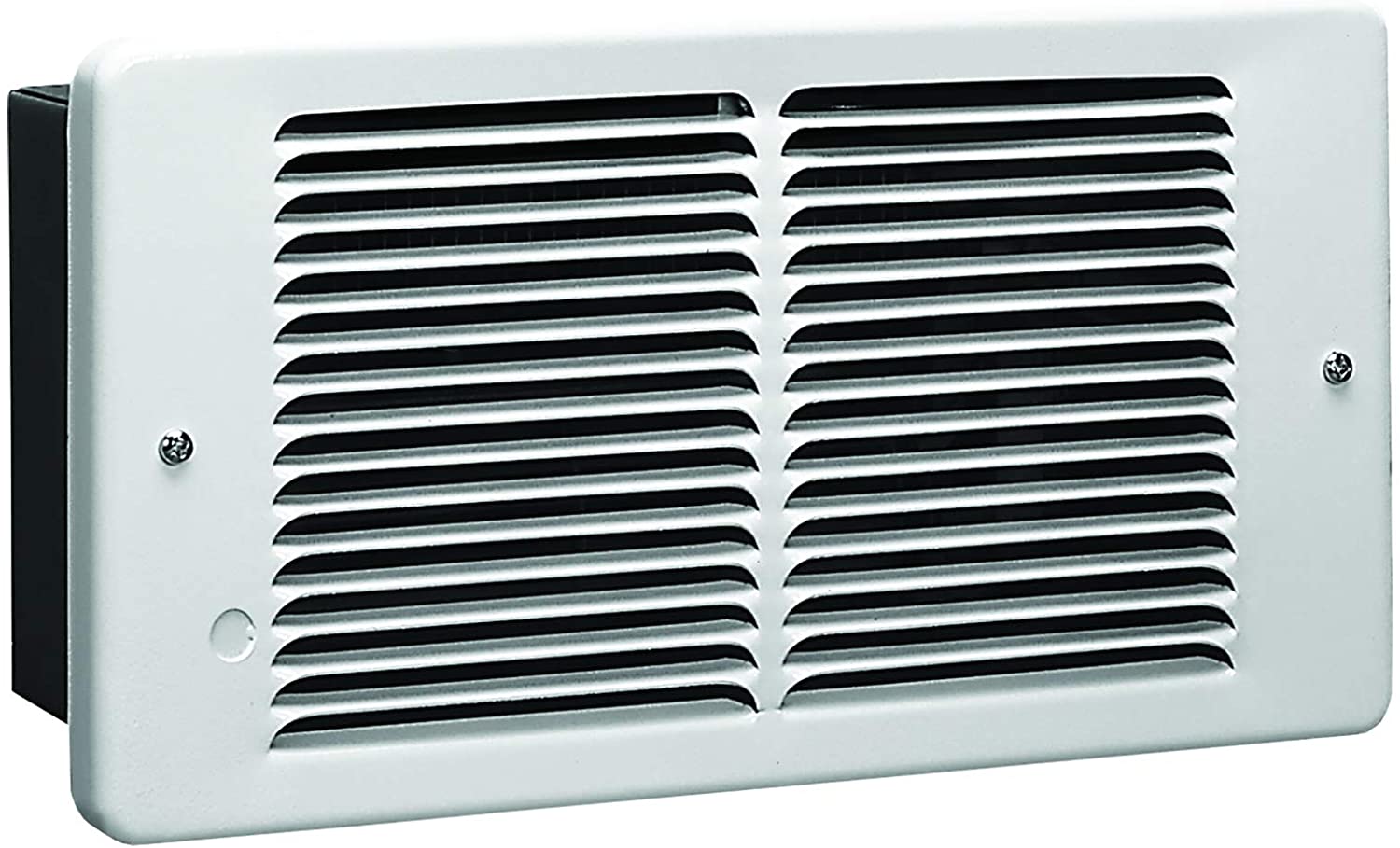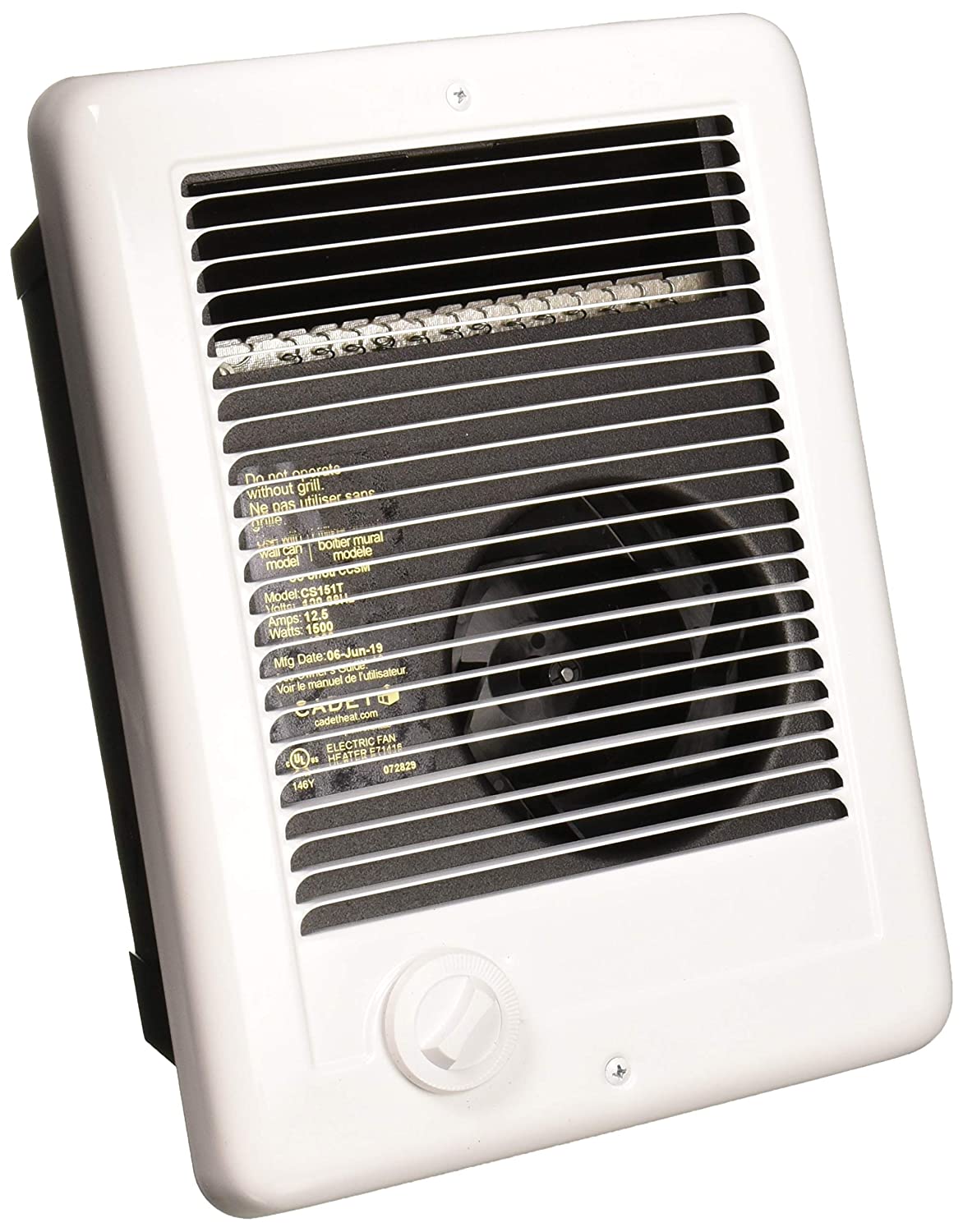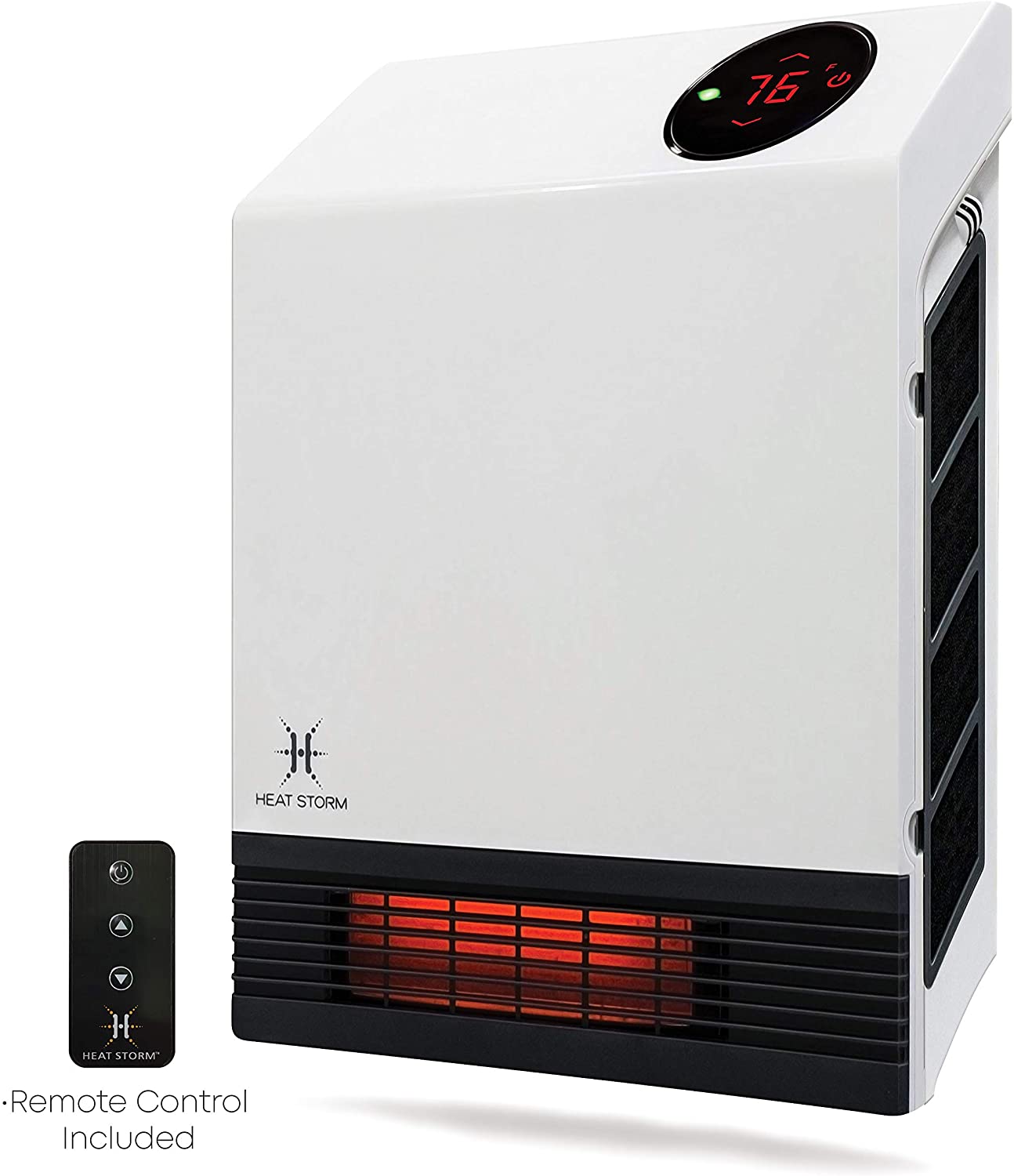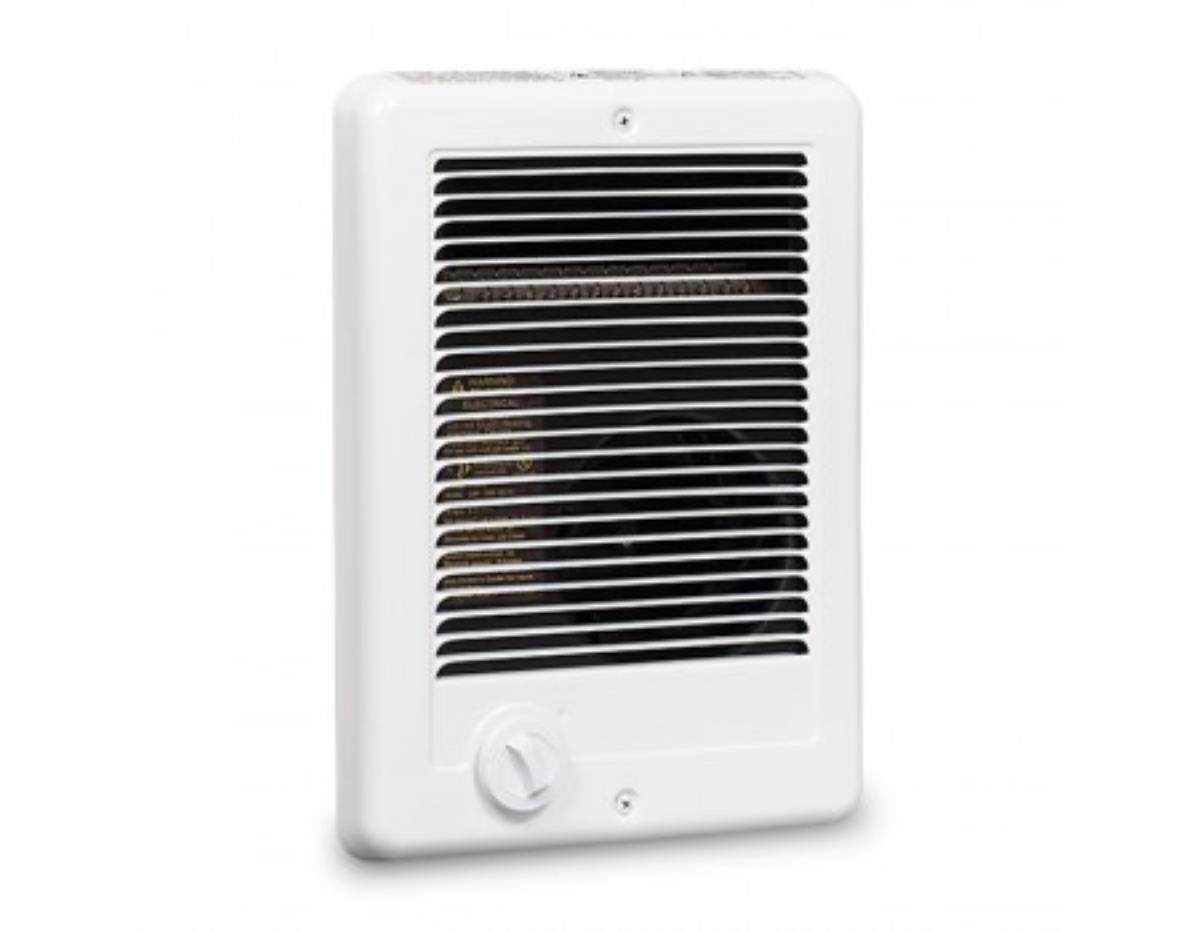Heat Storm HS-1500-PHX-WIFI Infrared Wifi Wall Heater
Last updated: November 15, 2023
Equipped with a range of smart features, this is a good all-around model for both safety and efficiency. The vent shields won't burn pets or children thanks to their specialized material, and the compact size makes it ideal for small rooms.The temperature can be controlled by remote or through a smartphone app.
We looked at the top Wall Heaters and dug through the reviews from some of the most popular review sites. Through this analysis, we've determined the best Wall Heater you should buy.
Product Details
Key Takeaway: This compact, high-tech heater is ideal for small rooms or areas where pets and children are a concern.
In our analysis of 20 expert reviews, the Heat Storm HS-1500-PHX-WIFI Infrared Wifi Wall Heater placed 1st when we looked at the top 6 products in the category. For the full ranking, see below.From The Manufacturer
(Wall Mounted Heater Only.) Wi-Fi enabled makes it possible for you to control the temperature from your phone! Safe to the touch grill. 1500 watts of power. Space saving wall mount design means you don’t lose floor space. Perfect for bedrooms, kitchens, offices and more. When installed over the outlet, you can hide the cord inside the heater. This unit stays cool to the touch and the wall stays cool. Safe to the touch grill. Wall mounted version, Feet not included.
